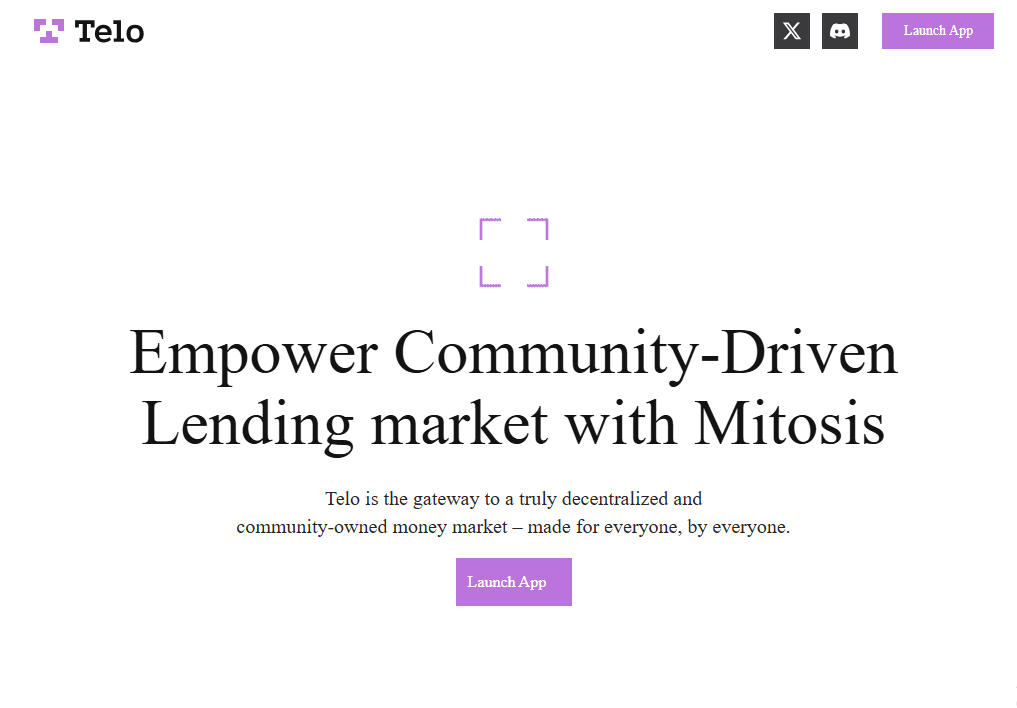Drosera Pioneering a Decentralized Security Marketplace for Web3

Web3 is booming—but its security is broken. In 2022 alone, the decentralized finance (DeFi) ecosystem lost nearly $3.8 billion to hacks and exploits. Despite the growing sophistication of smart contracts, security solutions remain centralized, expensive, and alarmingly ineffective—only preventing about 15% of potential threats. As DeFi scales, so does its attack surface.
Enter Drosera Network—a novel approach to blockchain security inspired by Ethereum's consensus ethos and EigenLayer's decentralized security marketplace. Drosera aims to reimagine how protocols defend themselves, offering a dynamic, decentralized economy where applications and node operators interact in real time to detect and mitigate threats. This article unpacks how Drosera works, the problem it solves, and the value it introduces to the Web3 ecosystem.
Rethinking Security for Decentralized Applications
The Problem: Security That Comes Too Late
The current Web3 security landscape suffers from critical flaws:
- Delayed Response: Most solutions identify threats after damage is done.
- Centralization: Existing services often rely on centralized actors, compromising sovereignty.
- Cost & Complexity: Integrations are resource-heavy and costly, with high gas fees and limited coverage.
- Auditing Gaps: Even thorough audits fail—only 26% of issues are detected by static tools, and 37% by dynamic tools.
Notable breaches like Nomad and Wormhole underscore how high the stakes are—and how inadequate current safeguards remain. What the space needs is not just better prevention, but faster, decentralized, and customizable response.
Drosera’s Vision: A Security Marketplace for Web3
Drosera introduces a market economy for application security, aligning closely with Ethereum’s decentralized ethos. It operates on a simple premise: let protocols define their security needs, and let node operators compete to meet them—efficiently and transparently.
Key Components:
- Traps: Smart contracts written in Solidity that encode detection logic and incident response instructions. Traps monitor for threats and trigger emergency responses.
- Operators: Independent node operators that opt into Traps, run off-chain logic, and form consensus on threat detection through signature aggregation.
- Drosera Network: The marketplace layer that facilitates interactions, handles payouts, and enforces accountability via slashing mechanisms.
Unique Mechanics: Liquidity-Powered Defense
- Hydration Streams: Continuous token flows used to reward Operators over time for participating in specific Traps.
- Bloom Boosts: ETH staked on a Trap to elevate the priority of emergency transactions—critical for minimizing exploit impact.
- Rewards Model:
- 70% as passive rewards to all Operators
- 20% as active rewards for rapid and accurate consensus
- 10% to DRO token stakers in the Harvester Pool
- Slashing Conditions: Operators face penalties (including network expulsion) for false claims, enforced via SNARK proofs.
This approach offers incentive-aligned, real-time risk mitigation—unlike traditional static audits.
Why Drosera Matters: Real Benefits, Real-World Impact
For Applications & Protocols
- Customized Security: Define specific response conditions and budgets based on protocol design.
- No Vendor Lock-in: Avoid reliance on centralized security providers.
- Price Transparency: Understand and control the cost of securing your application.
- Faster Incident Response: Operators can pause contracts or take corrective action before damage escalates.
Use Cases Include:
- Emergency token swaps if a stablecoin de-pegs
- Cross-chain alert systems for bridge exploits
- Dynamic vault strategies based on market movements
For Node Operators
- New Revenue Stream: Leverage idle infrastructure to offer application security services.
- Flexible Participation: Choose Traps to support based on personal capacity and economic incentives.
- Low-Risk Restaking: Conservative slashing conditions make participation safer compared to other protocols.
This opens a new vertical in staking economies, where compute power is redirected from consensus alone to defending the application layer of Web3.
Conclusion
Drosera Network represents a paradigm shift in blockchain security—transforming it from a static, centralized burden into a dynamic, decentralized marketplace. With smart contract-driven defense mechanisms, liquidity-powered response, and open participation from node operators, Drosera creates an ecosystem where security is no longer an afterthought—but a built-in, adaptive layer.
Key Takeaways:
- Drosera turns application security into an open market, rewarding vigilance and rapid response.
- Traps offer composable, programmable security logic aligned with individual protocol needs.
- Operators gain a new opportunity to monetize compute power while safeguarding DeFi.
Looking ahead, Drosera’s model raises essential questions for the future of Web3: Could decentralized incident response become as foundational as consensus itself? As threats grow more sophisticated, will every protocol need its own reactive security layer?
Drosera might just be laying the groundwork for the next evolution of trustless defense.



Comments ()